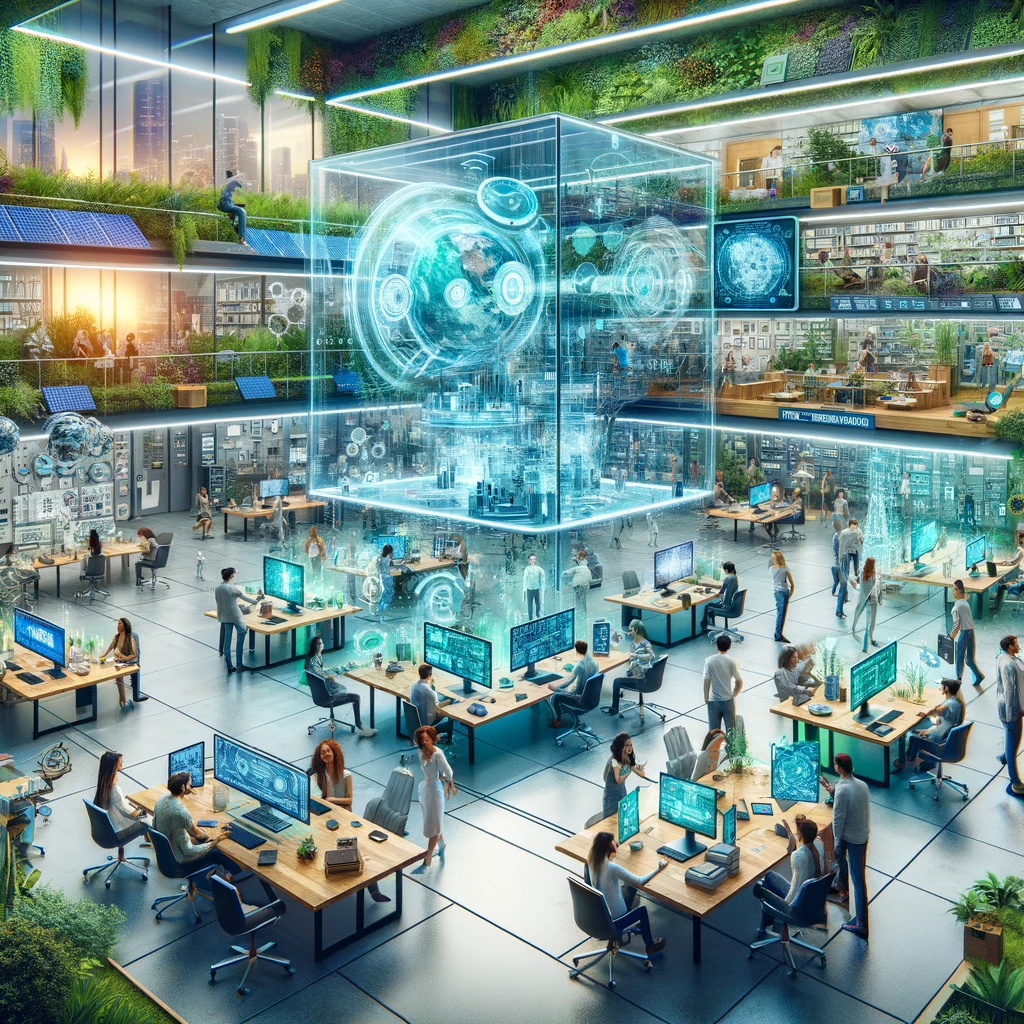In an era where the urgency of environmental issues is increasingly pressing, the role of media in shaping public perception and driving change has never been more critical. Enter the Sustainability Media Labs (SMLs), innovative hubs where technology, media, and sustainability converge to create a new narrative for our planet’s future. This article delves into how these labs are revolutionizing communication, championing green communication, and setting the stage for a more sustainable tomorrow.

The Emergence of Sustainability Media Labs
SMLs have emerged as a response to the growing need for environmentally responsible media practices. They are spaces where creatives, technologists, and environmentalists collaborate to develop media solutions that are not only effective in communication but also mindful of their ecological footprint. From using renewable energy sources to power their operations to employing sustainable materials in their productions, these labs are redefining what it means to be a media organization in the 21st century.
The Role of Technology in Sustainable Media
At the heart of SMLs lies cutting-edge technology. Advances in digital media, data analytics, and eco-friendly tech have enabled these labs to produce high-quality content with minimal environmental impact. Virtual reality (VR), augmented reality (AR), and artificial intelligence (AI) are just a few tools at their disposal, allowing for immersive storytelling that brings environmental issues to life in compelling and impactful ways.
Advocating for the Planet through Innovative Storytelling
One of the primary missions of SMLs is to use media as a tool for environmental advocacy. By crafting engaging and informative narratives around climate change, biodiversity loss, and sustainable living, these labs are educating the public and inspiring action. They are breaking away from traditional doom-and-gloom environmental reporting, instead opting for stories that empower viewers and offer solutions.
Sustainability in Practice: Eco-Friendly Production Techniques
SMLs don’t just preach sustainability; they practice it. From reducing waste in their production processes to implementing energy-efficient practices, these labs embody the principles of sustainable development. They often serve as test beds for new, green production techniques that can be adopted by the wider media industry, setting a precedent for environmentally conscious media production.
Challenges and Opportunities
Despite their promising approach, SMLs face challenges. Funding, scalability, and reaching a broader audience are among the hurdles they must overcome. However, these challenges also present opportunities for growth and innovation. Partnerships with educational institutions, governments, and NGOs can provide the support needed to amplify their impact.
Looking to the Future
As we look to the future, the role of Sustainability Media Labs in shaping public discourse and driving environmental action will only grow. Their blend of creativity, technology, and passion for the planet positions them at the forefront of a media revolution—one that not only tells the story of our planet but also actively works to protect it.
